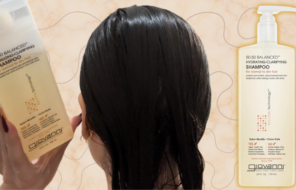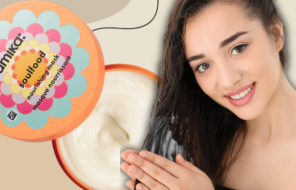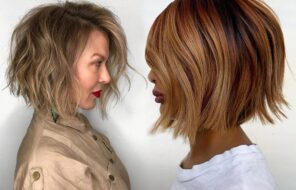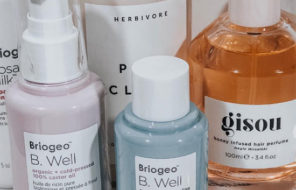A flat iron is a versatile tool that can help you get a sleek, pin-straight ponytail, beachy waves, or bouncy curls. But if you’re noticing frizz, breakage, and dullness, you may be wondering if your beloved flat iron is to blame.
Unfortunately, it’s true: Flat irons can be hard on your hair. But you don’t have to unplug for good just yet. Determining how your hair responds to heat and learning techniques to reduce damage can help you maintain healthy hair while continuing to create your favorite flat iron styles.
How heat affects your hair
If you zoomed in on a strand of your hair, you’d see a surface that looks a lot like scales. The outer part of your hair shaft is called the cuticle, made from a protein called keratin (the same stuff that makes up your nails). Bits of keratin overlap in layers, like scales or tiles on a roof, and give your hair strands a smooth surface that reflects light (hello, shine).
High temperatures can damage the keratin proteins, leading to breakage and dullness. Weak and damaged hair can be more challenging to style, meaning you need more heat to get the same effect, resulting in a cycle of damage. How much heat is too much?
Damaging temperatures for your hair depend on a few factors. Your hair is more vulnerable to heat damage when it’s wet. One study suggests dry hair can take temperatures up to about 455 degrees Fahrenheit before the heat denatures hair proteins, but wet hair proteins denature around 311 degrees Fahrenheit. Bleached hair is also more prone to damage at lower temperatures, even as low as about 266 degrees Fahrenheit. The amount of time spent heat styling can also have an impact on hair.
The secret to flat ironing without damage
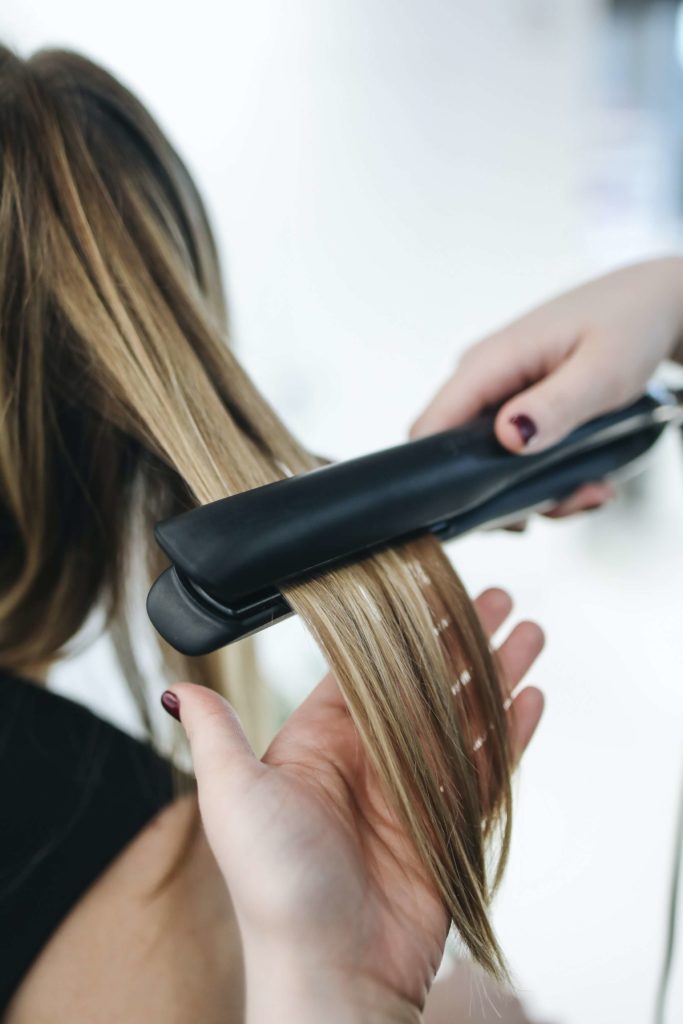
Heat damage is a legitimate concern for your hair, but that doesn’t mean you need to swear off flat ironing for good. Following these practices can help you find a healthy way to incorporate flat irons into your styling routine.
Start low
The highest setting on a flat iron doesn’t necessarily mean faster results. Starting on a lower setting can be the healthiest choice for your hair, especially if it’s already damaged by former heat treatment or chemicals. Starting by styling at 250 and 300 degrees Fahrenheit is a good plan, especially for finer hair or straight hair types.
But not too low
You want to limit the number of passes and time spent styling hair with a flat iron to minimize damage. If the temperature is too low, you may end up ironing tresses repeatedly to get results. If your hair is coarser or curlier, you may be better off choosing a setting over 300 degrees Fahrenheit for most of your styling.
Dry your hair
Wet hair has a higher risk of damage and breakage. Don’t make your flat iron do both your drying and styling for you. If you dry your hair first, you can help each strand’s keratin better stand up to higher temperatures when styling your hair after.
Use heat protectant
A heat protectant product is a must before flat ironing your hair. Research shows that a protectant pretreatment significantly reduces breakage and protein degradation in your hair, keeps the hair stronger and healthier, and minimizes breakage flyaways. Some polymers, like lauryl methacrylate copolymer, are especially effective at controlling breakage.
Shorten styling time
Overall, it’s best to keep styling time quick, as your hair is more prone to damage around the five-minute mark. Who doesn’t like the sound of a faster hair routine in the morning?
Helpful ways to shorten styling time are to start with dry or almost-dry hair and separate your hair into smaller sections. Working with smaller sections at a time can make each pass more effective, so you can aim to be “one and done” on each set of strands. You may also feel like you have more control over your style when you can concentrate on one detail at a time.
Take a break from heat styling
Even if you’re being careful, it can still be a good idea to give your hair a break from heat from time to time. Try limiting flat ironing to twice a week. You can refresh your hair with a touch of dry shampoo at the roots or hair oil for extra moisture and shine. You can also try heatless styling techniques to achieve your signature look without putting on the heat.
We’re not ready to give up flat ironing in 2023, and we believe you don’t have to. Starting with a reliable heat protectant and perfecting your flat iron technique to style your hair faster can make a big difference in keeping your hair healthy.


